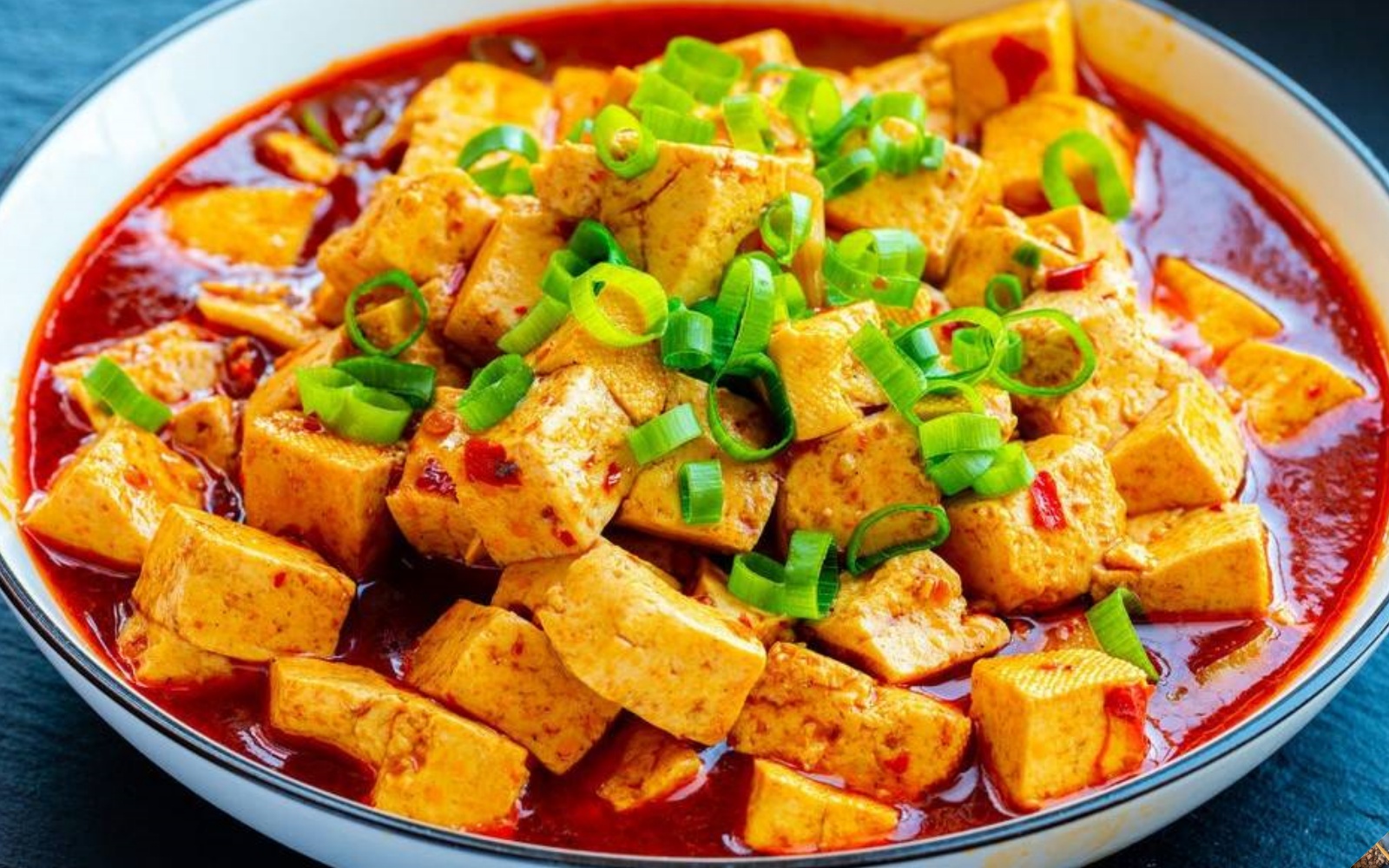
Research has shown that tofu contains a significant amount of flavonoids and lecithin. These compounds help prevent diseases such as Alzheimer’s, osteoporosis, breast cancer, prostate cancer, and are especially beneficial for menopausal women.

However, not all types of beans are suitable for consumption. They may appear similar, but consuming the wrong type can be detrimental to your health.
3 Types of Tofu to Avoid
Tofu with an Extremely White Exterior
Authentic tofu is made from two simple ingredients: water and ground soybeans. As such, its color should resemble that of soybeans, which is a light beige.

If you come across tofu that appears too white, it is best to avoid it. This unnatural color is often the result of added preservatives and artificial coloring.
Tofu with a Pungent Sour Odor
Fresh tofu should have a pleasant, mild aroma. If the tofu emits a sharp, sour smell, it is likely past its prime and has begun to spoil.
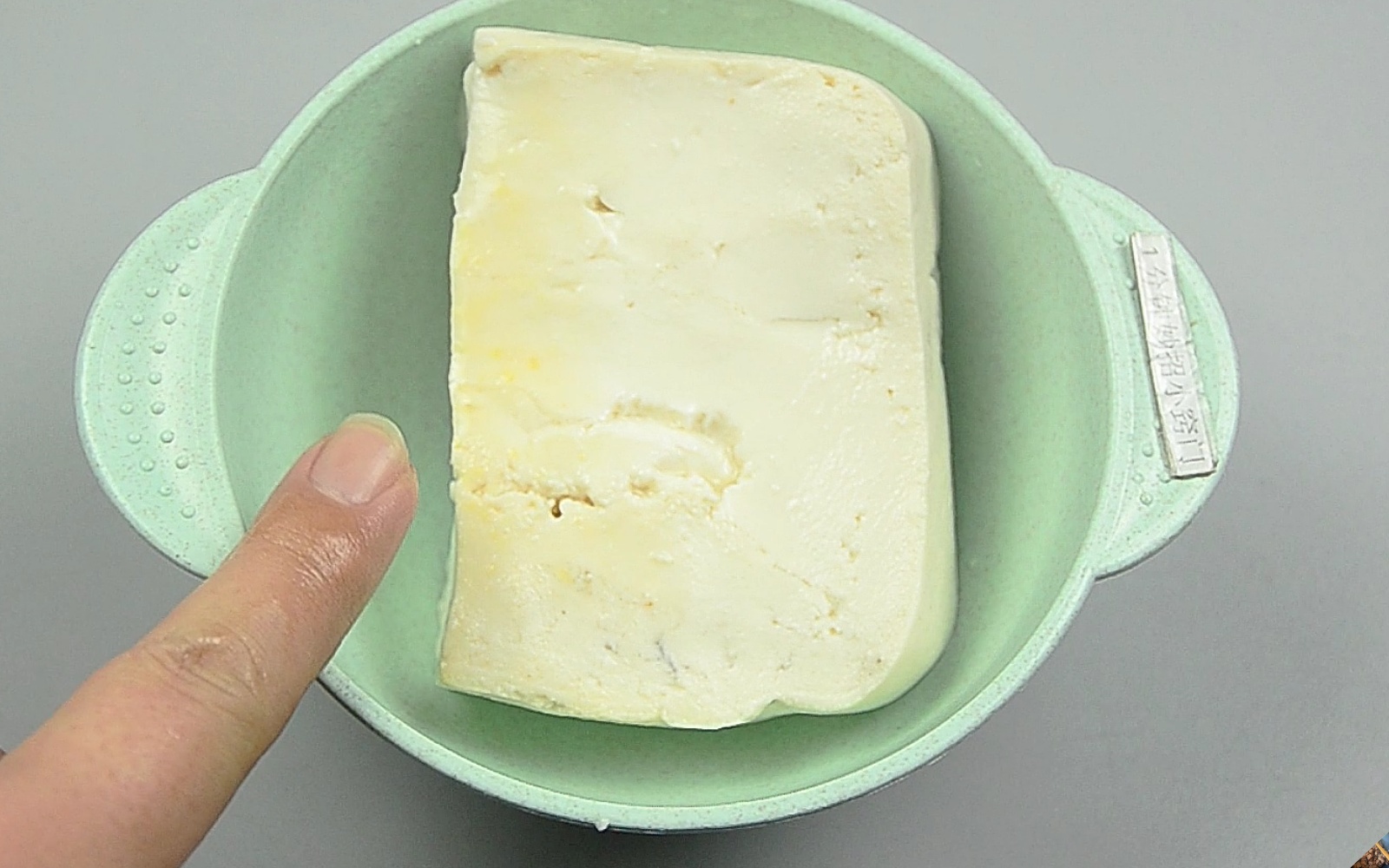
On the other hand, if the tofu lacks any scent, it may have been soaked in formaldehyde or other chemicals to mask its natural odor. Either way, it is best to steer clear of such products.
Consuming tofu that falls into either of these categories can pose a direct risk to your health.
Tofu with a Dry and Sticky Texture
Fresh tofu should feel moist and smooth to the touch. If the surface of the tofu feels dry and sticky, it is an indication that the tofu is deteriorating and is no longer safe to eat.
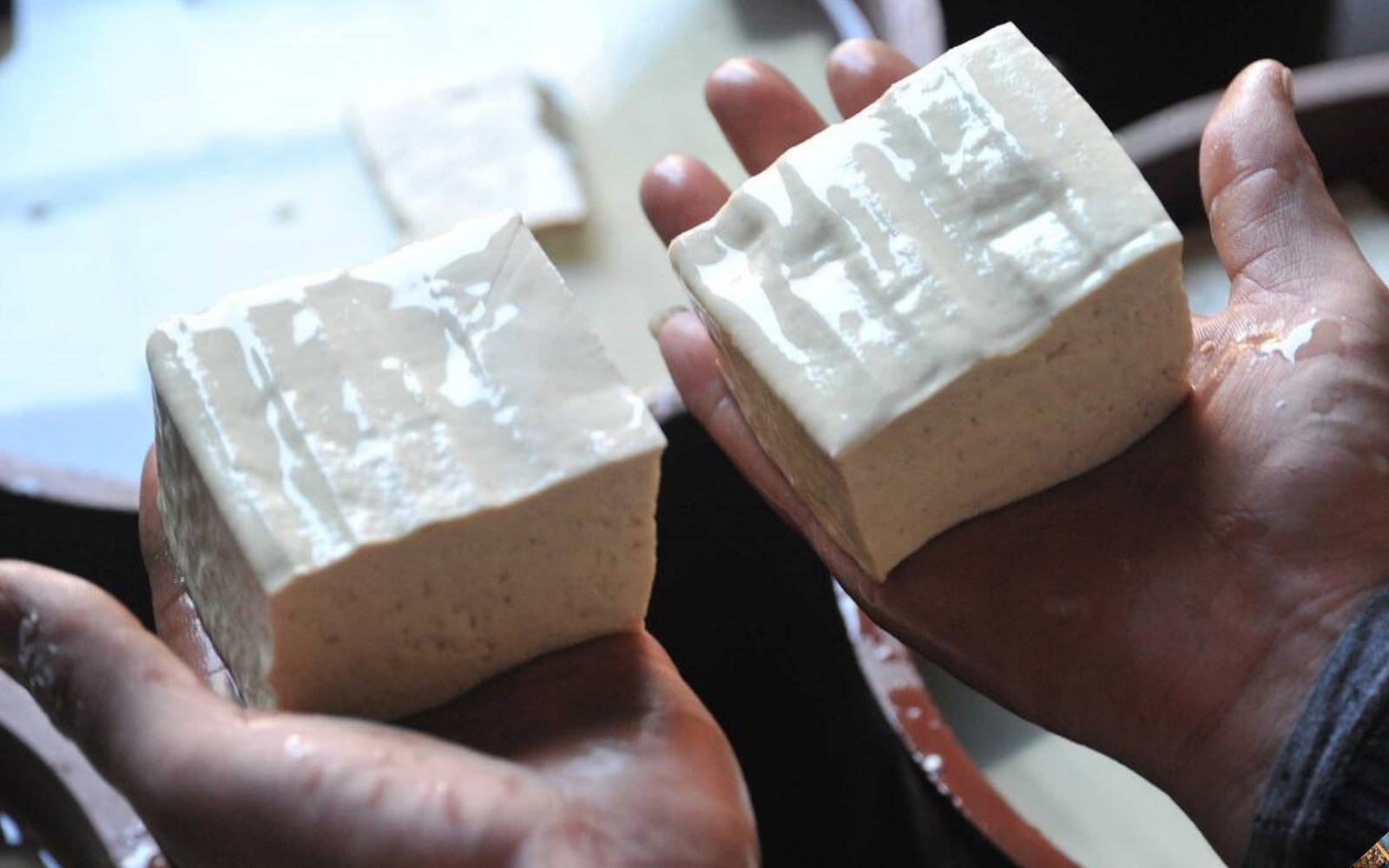
Experienced home cooks recommend using your senses when selecting tofu. High-quality tofu will have a bouncy texture, a smooth surface, and a distinct soybean aroma.
To ensure your safety, it is advisable to make your own tofu at home using the following method.
How to Make Delicious Tofu at Home
Ingredients
– Soybeans: 200g
– White vinegar: 50ml
– Water: 2.5L
Steps to Make Tofu
Step 1: Prepare the Soybeans
– Soak the soybeans in water overnight.
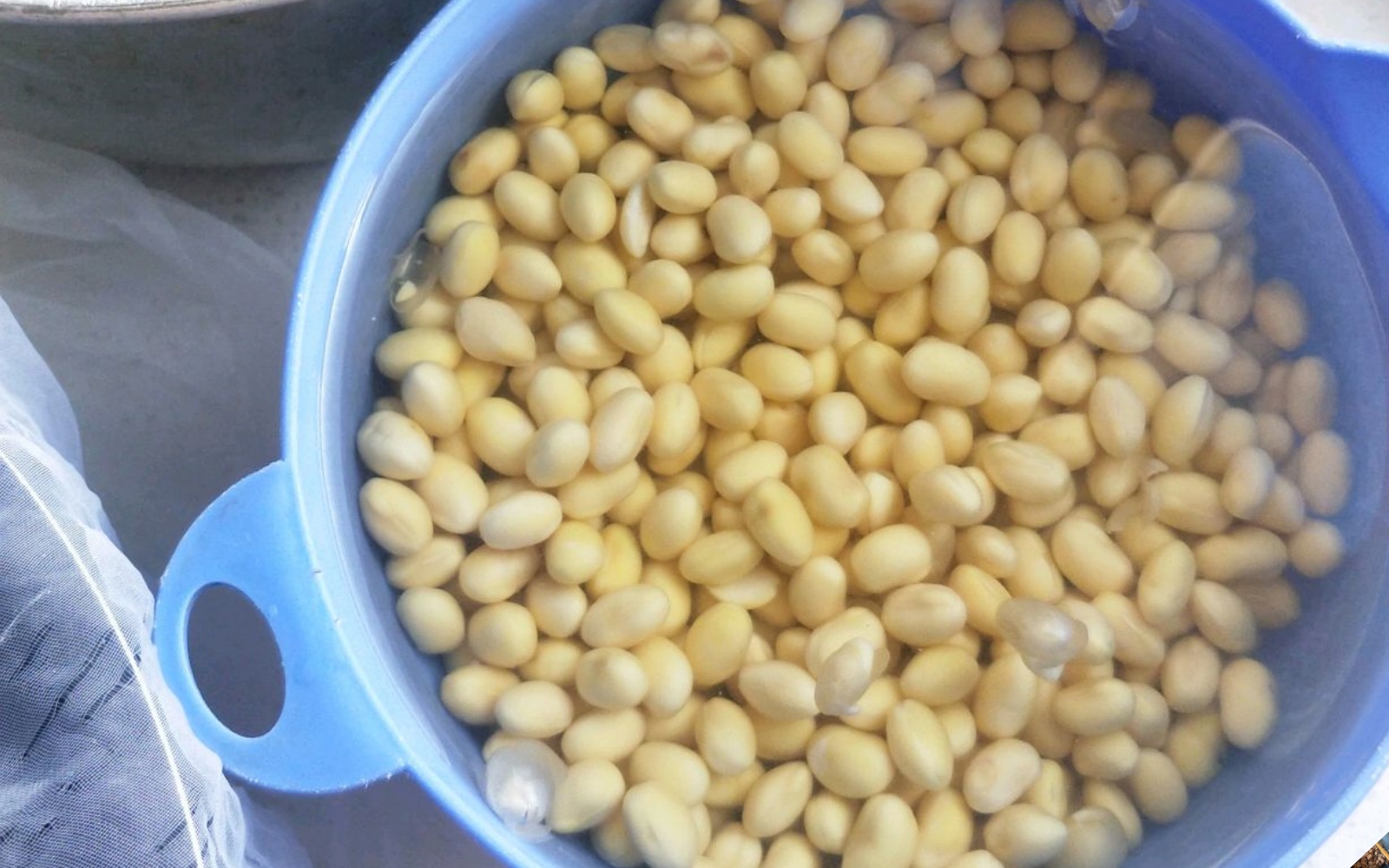
– Drain and rinse the soybeans, then transfer them to a blender.
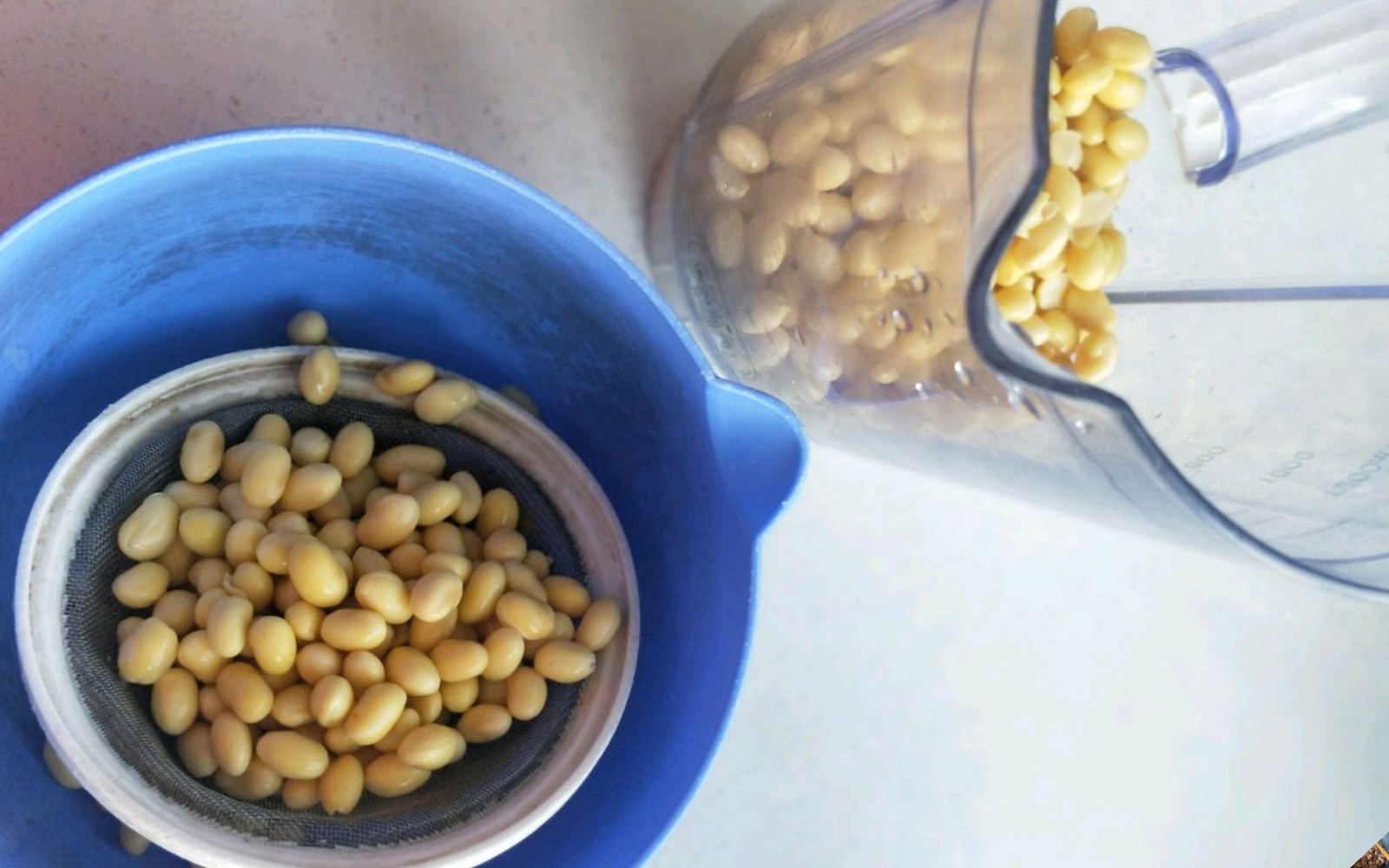
– Add 1L of clean water and blend until smooth.
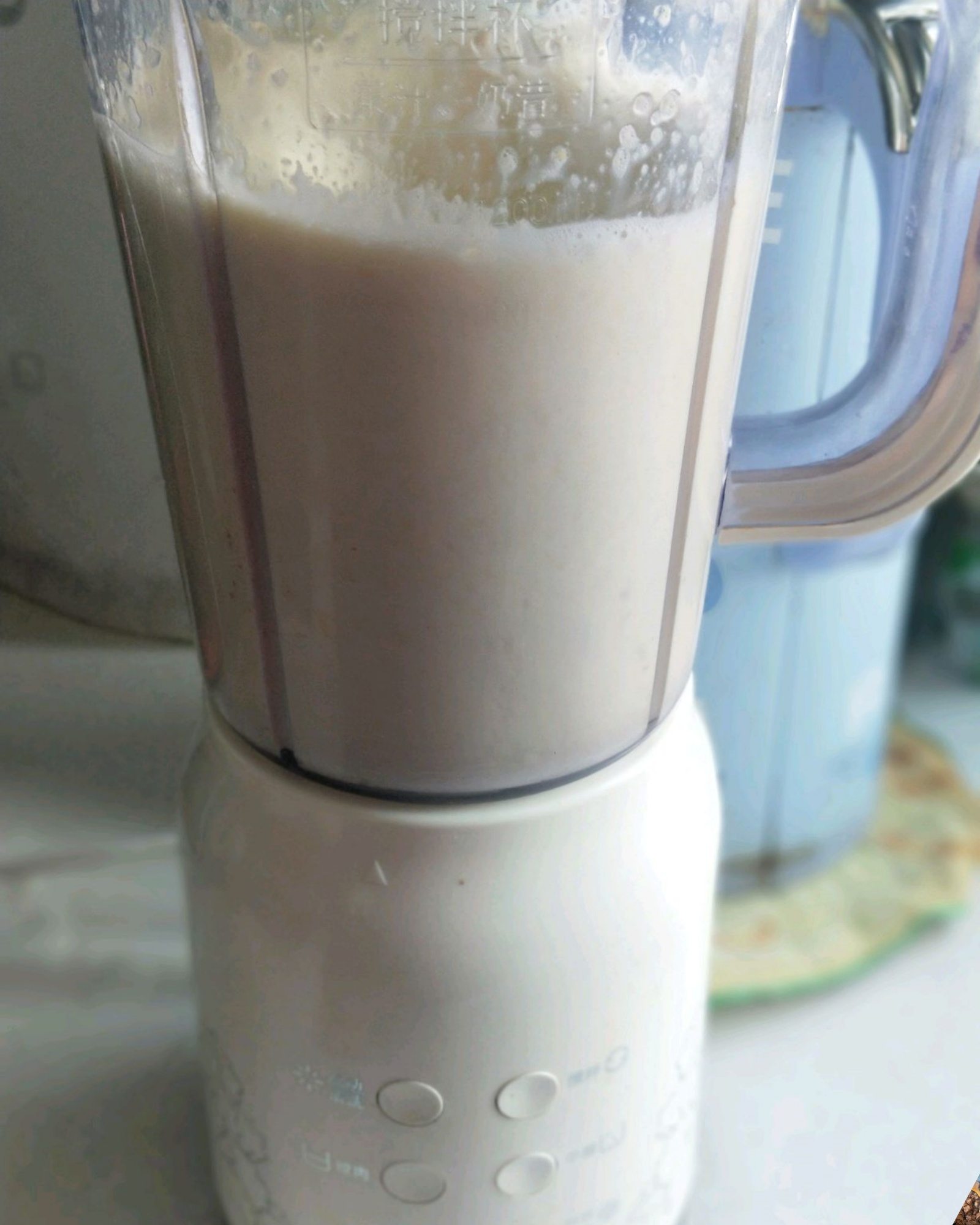
Step 2: Filter the Soybean Milk
– Place a clean cloth over a large bowl.
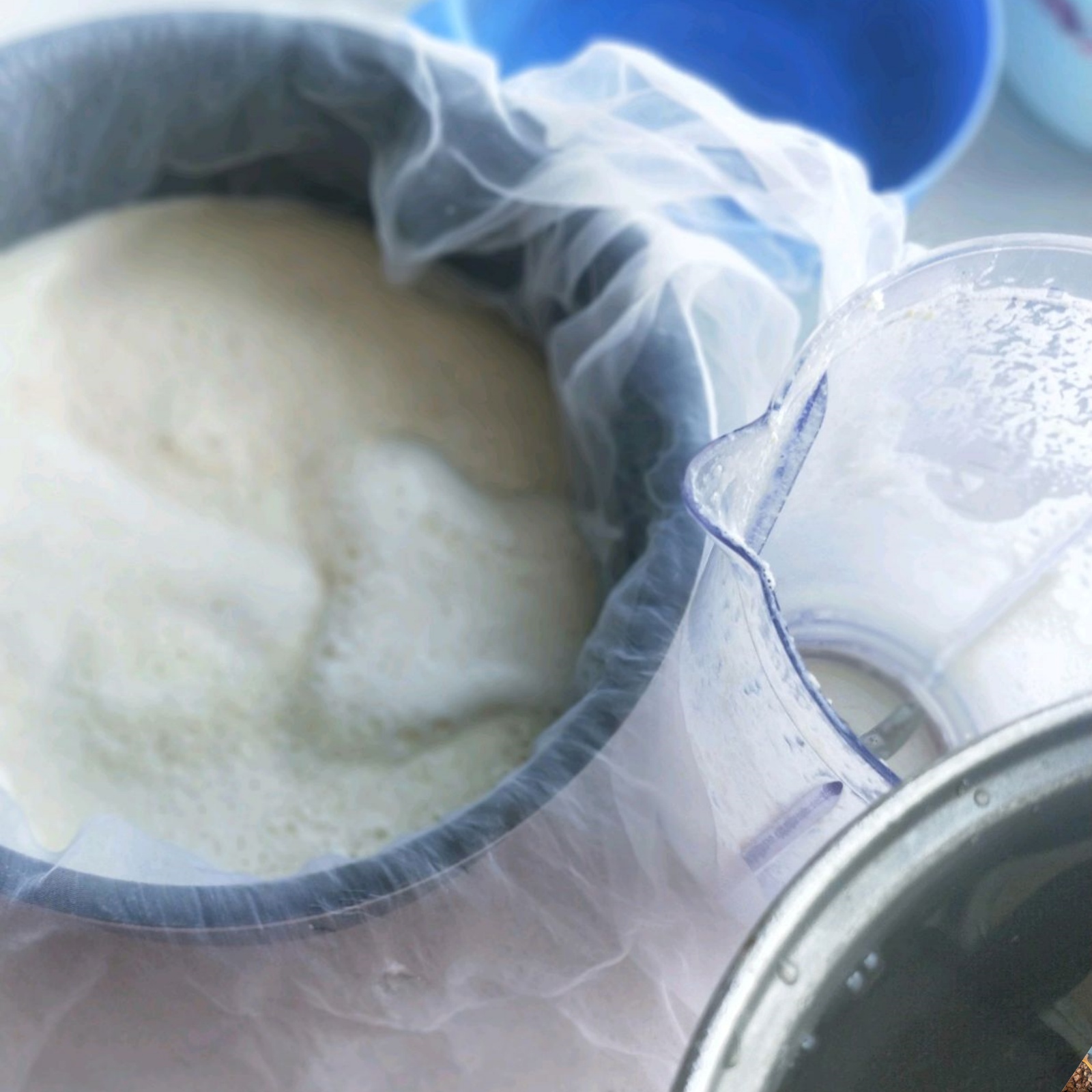
– Pour the soybean mixture over the cloth to separate the milk from the pulp.
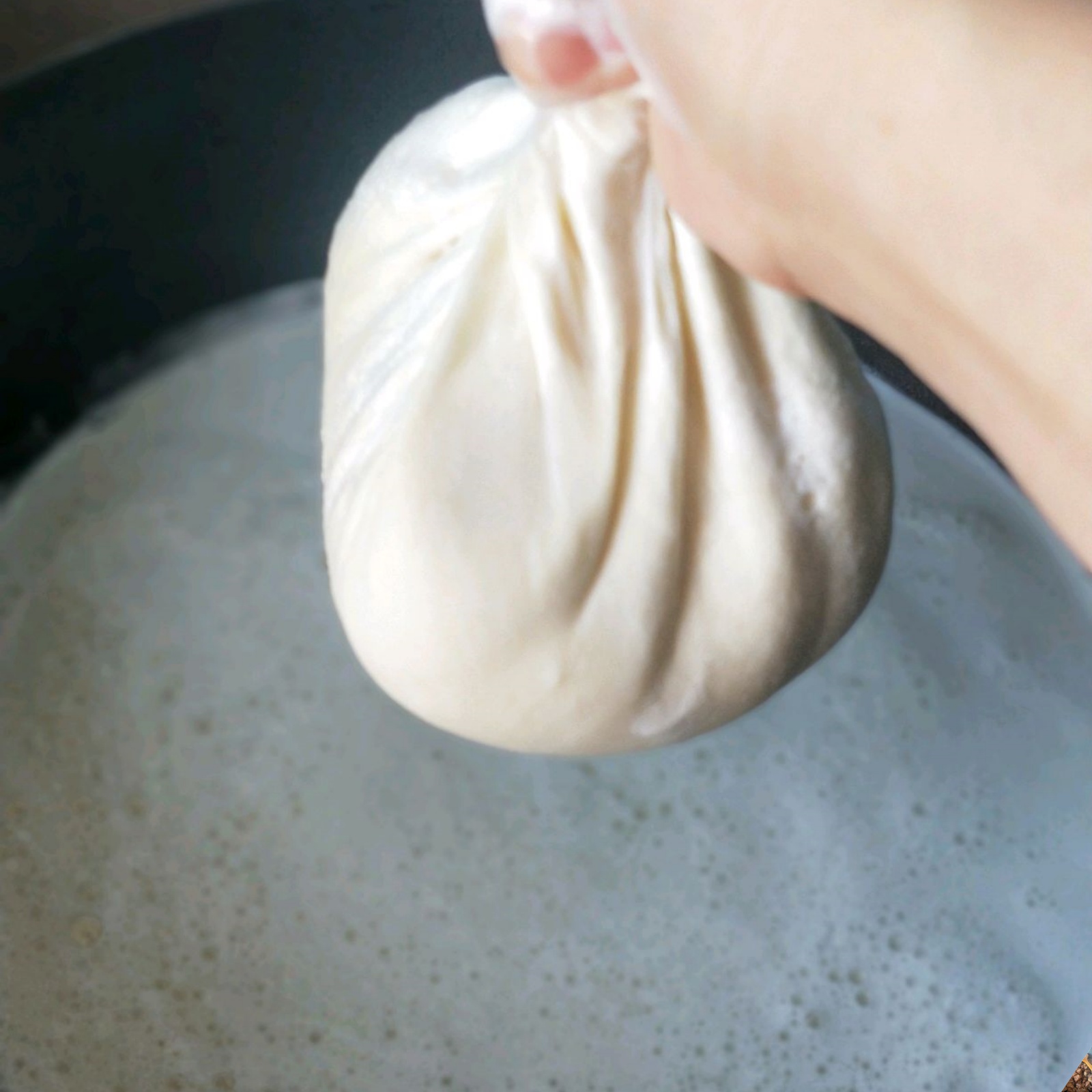
Step 3: Boil the Soybean Milk
– Transfer the filtered soybean milk to a clean pot and bring it to a boil.
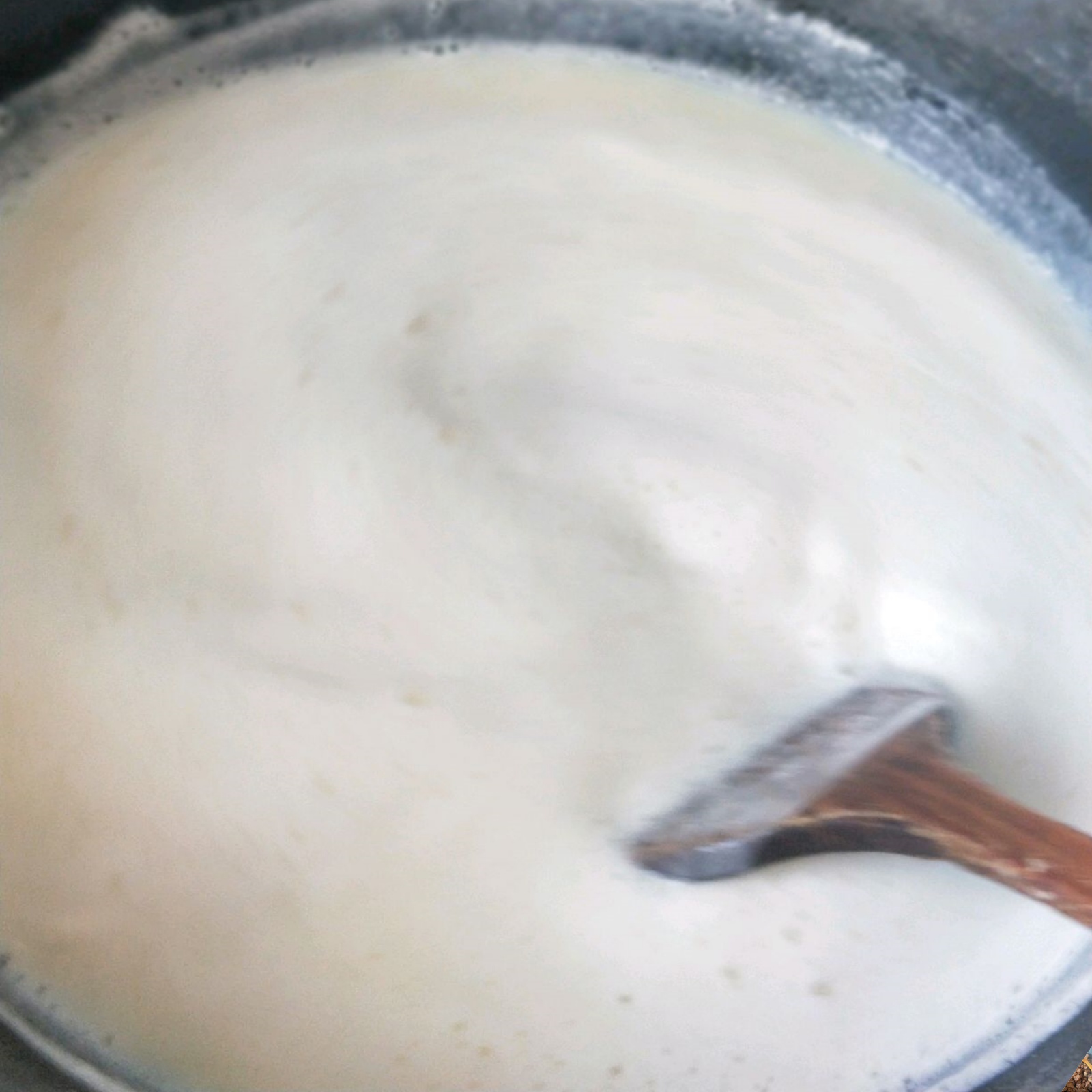
– Once boiling, reduce the heat and simmer for about 5 minutes. Be sure to stir constantly to prevent scorching.
– Turn off the heat and allow the soybean milk to cool.
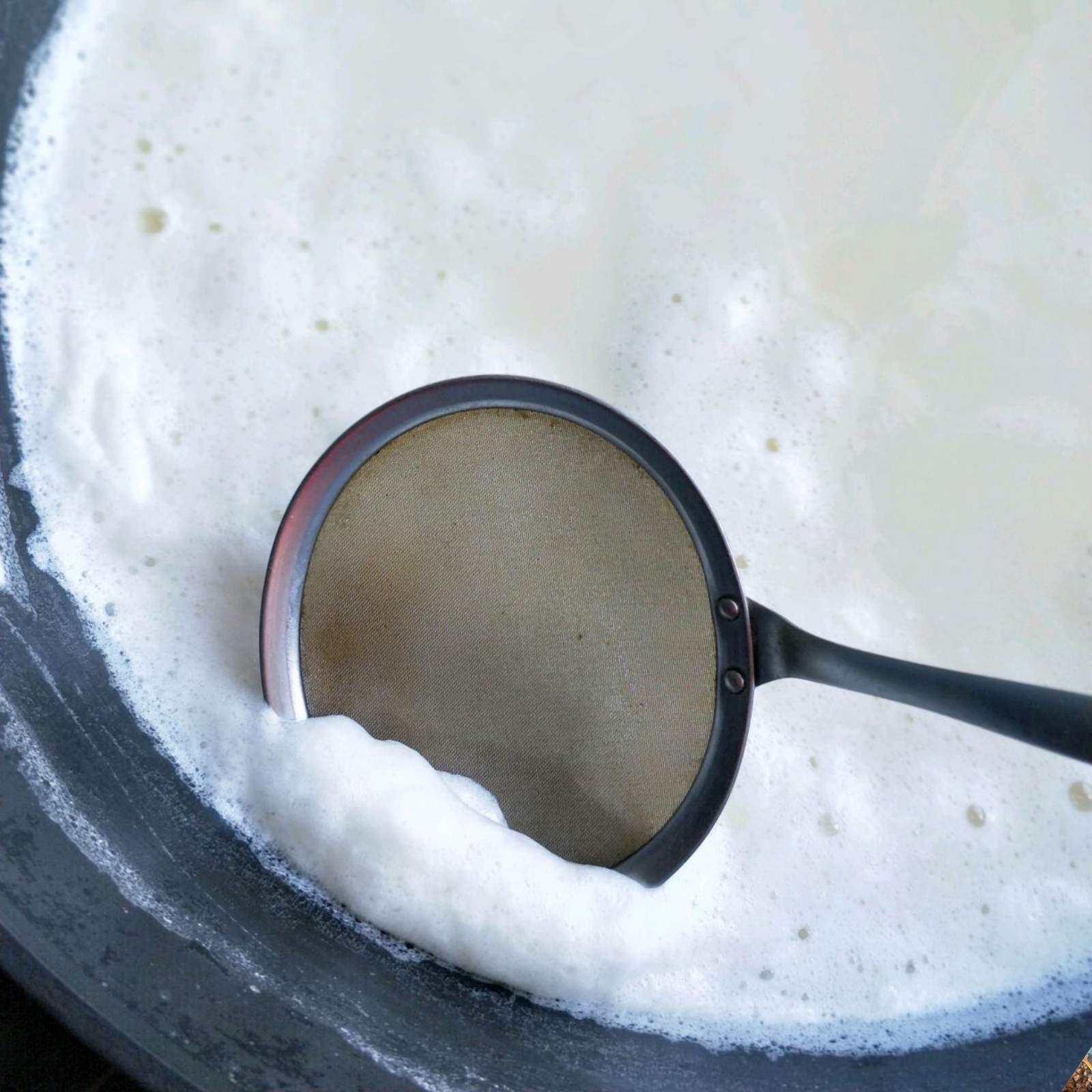
– Skim off any foam that forms on the surface.
Step 4: Prepare the Vinegar Mixture
– In a small bowl, combine 50ml of water and 50ml of vinegar, stirring until well blended.
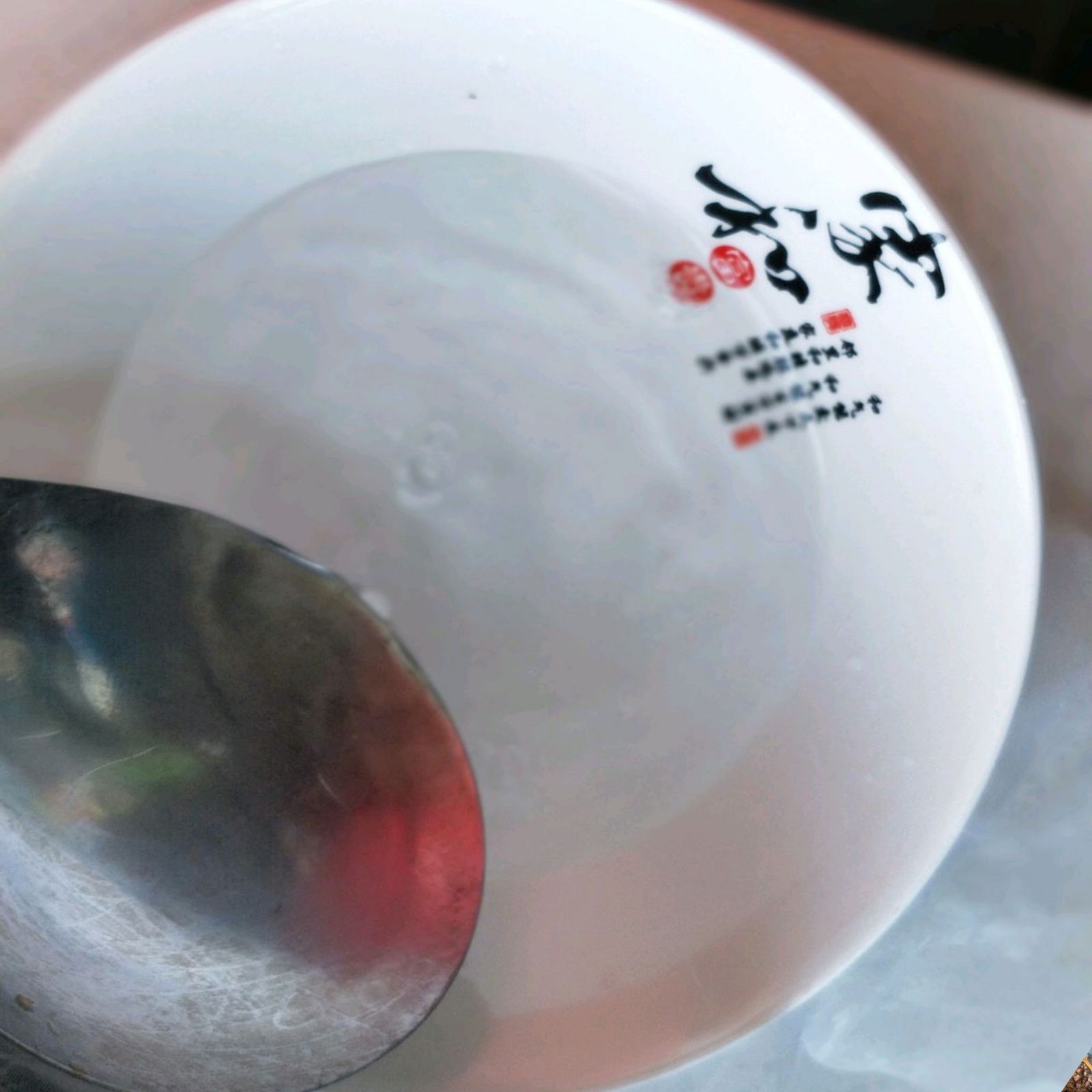
– Gently stir the vinegar mixture into the cooled soybean milk from step 3.
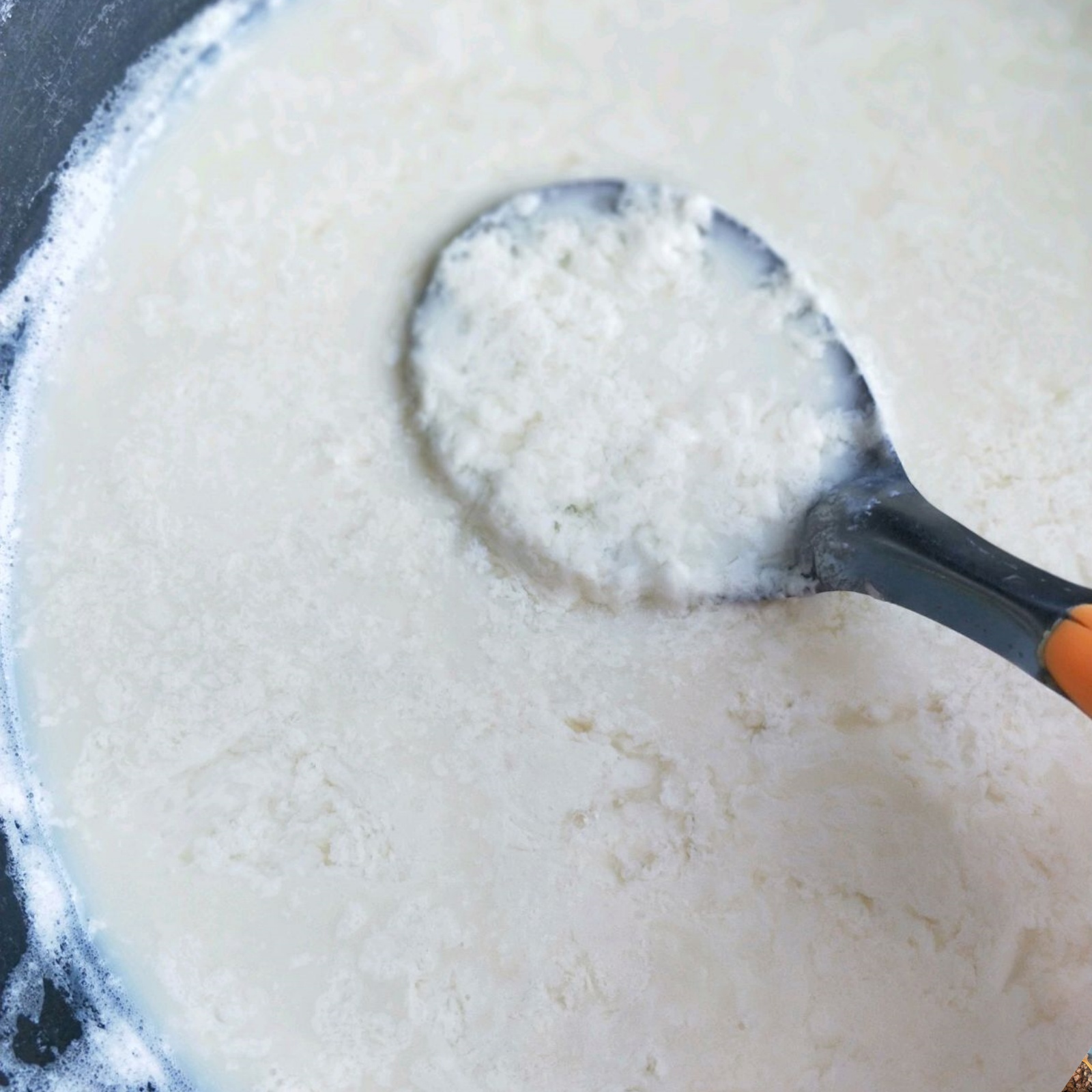
– Let the mixture settle for about 15 minutes.
Step 5: Press the Tofu
– Pour the vinegar-soybean milk mixture into a tray lined with a thin cloth.
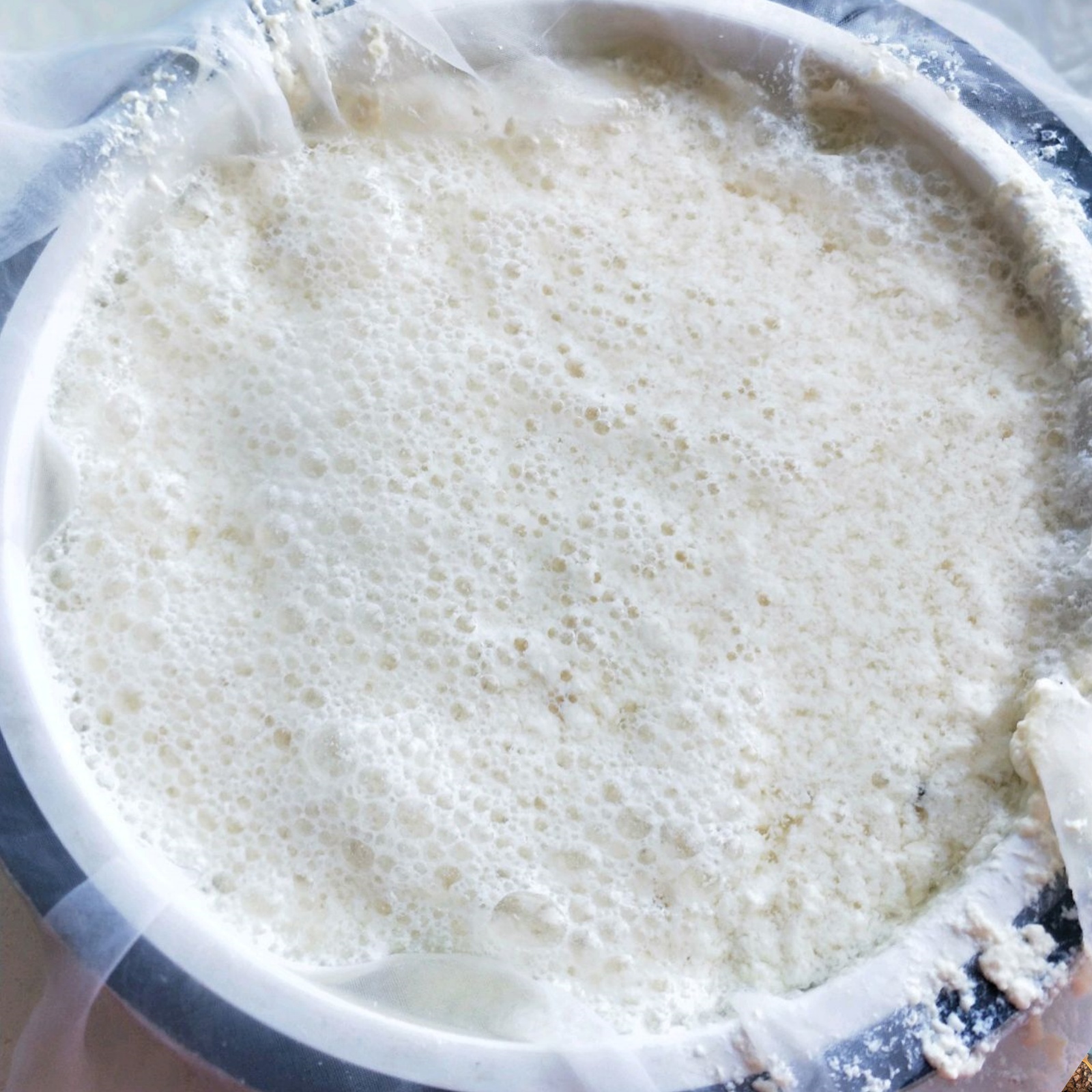
– Fold the edges of the cloth over the mixture and place a weight on top to press the tofu.
– You can also place a bowl of water on top to increase the pressing force.
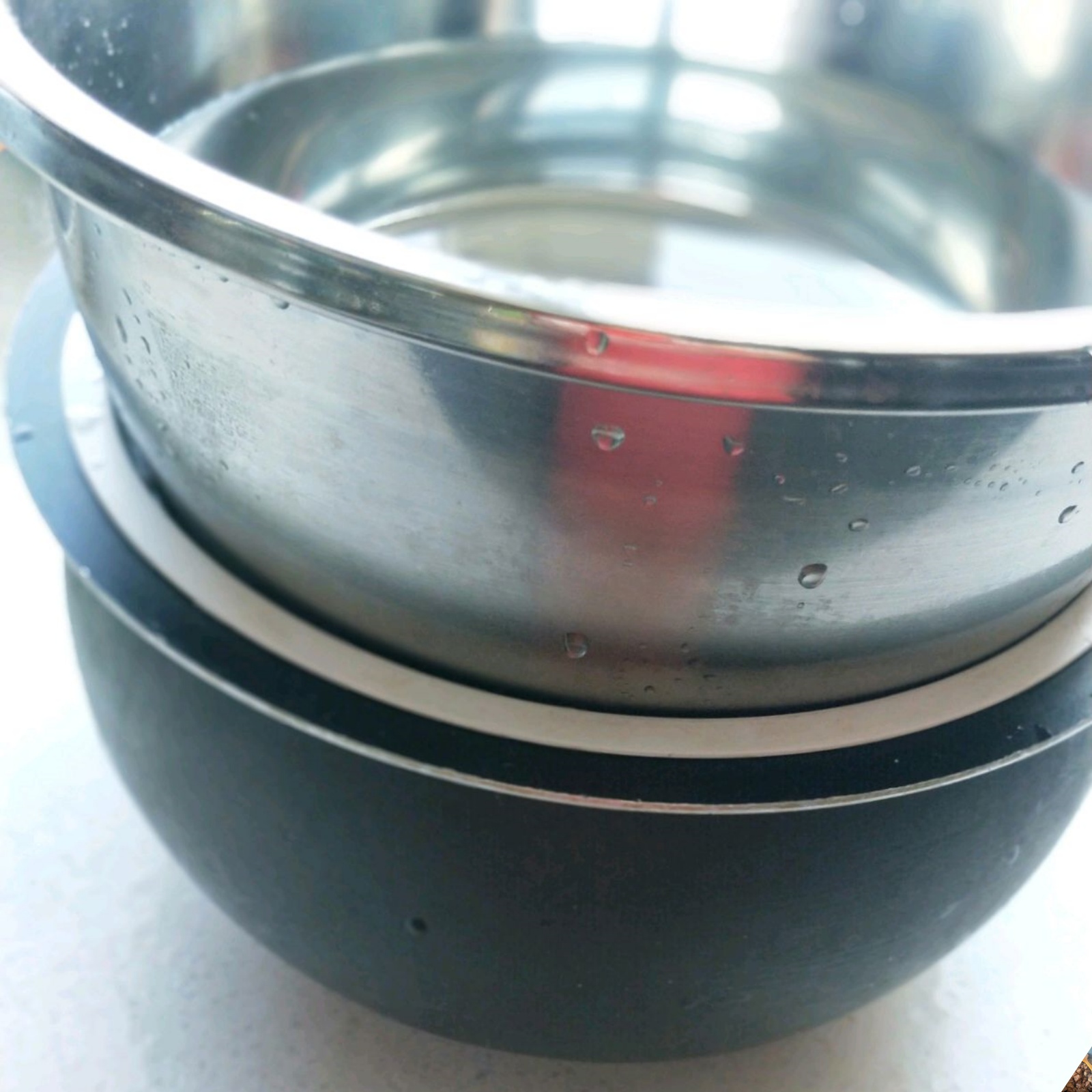
– Let it press for 40-60 minutes. Your tofu should now be ready to use.
Step 6: Finalize
– Remove the tofu from the cloth and cut it into desired pieces. Homemade tofu has a beautiful ivory color.
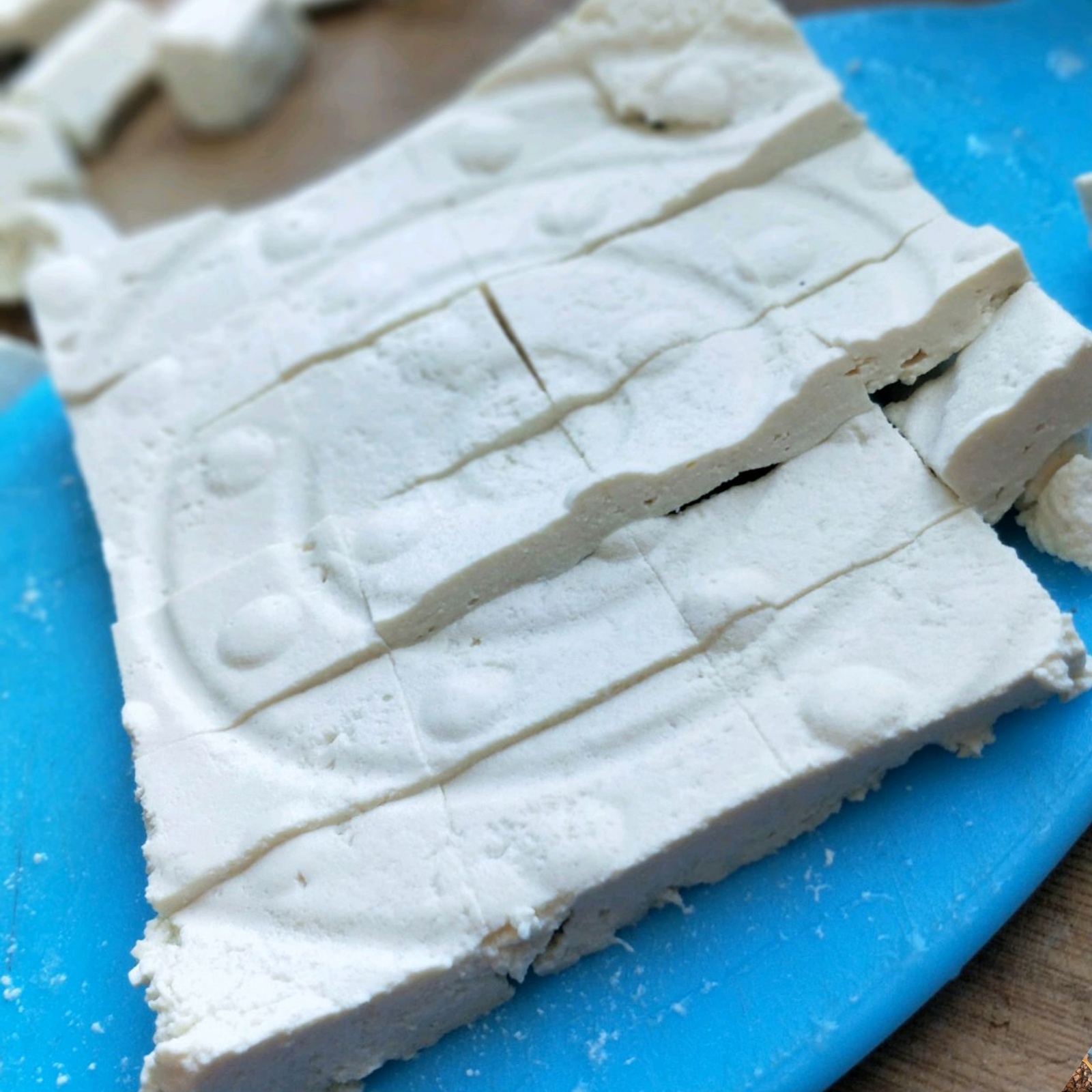
The tofu should have a soft, bouncy texture and a rich soybean aroma. When eaten, it melts in your mouth with a creamy, buttery flavor.
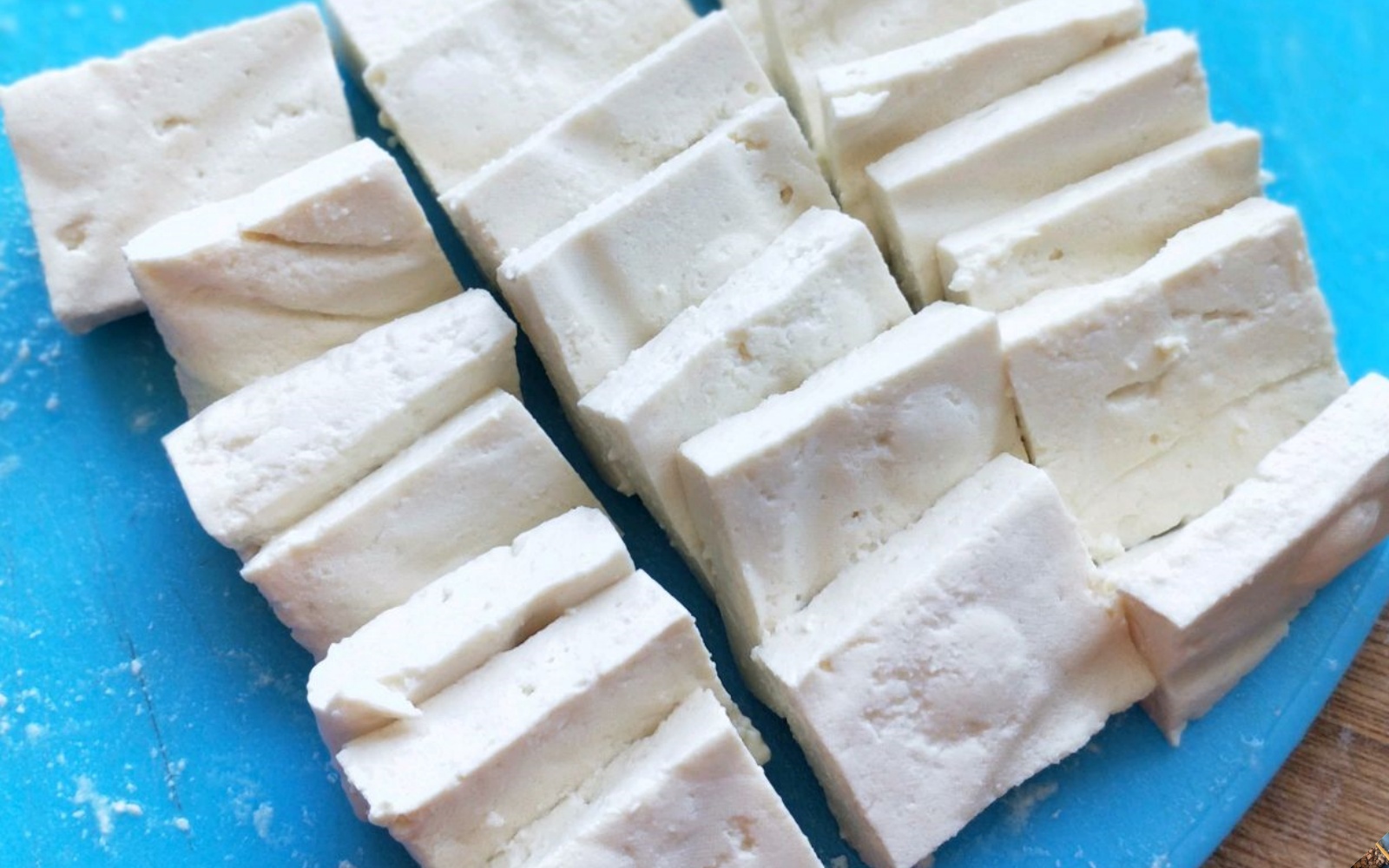
Freshly made tofu can be used immediately. If you have leftovers, store them in a bowl of water and consume them within the day.
Important Notes When Consuming Tofu
Avoid Eating with Foods High in Oxalic Acid
Experts advise against pairing tofu with foods rich in oxalic acid. This is because tofu is high in calcium, and when calcium combines with oxalic acid, it forms calcium oxalate, which interferes with the body’s calcium absorption.
Some vegetables to avoid eating with tofu include spinach, bamboo shoots, and amaranth.
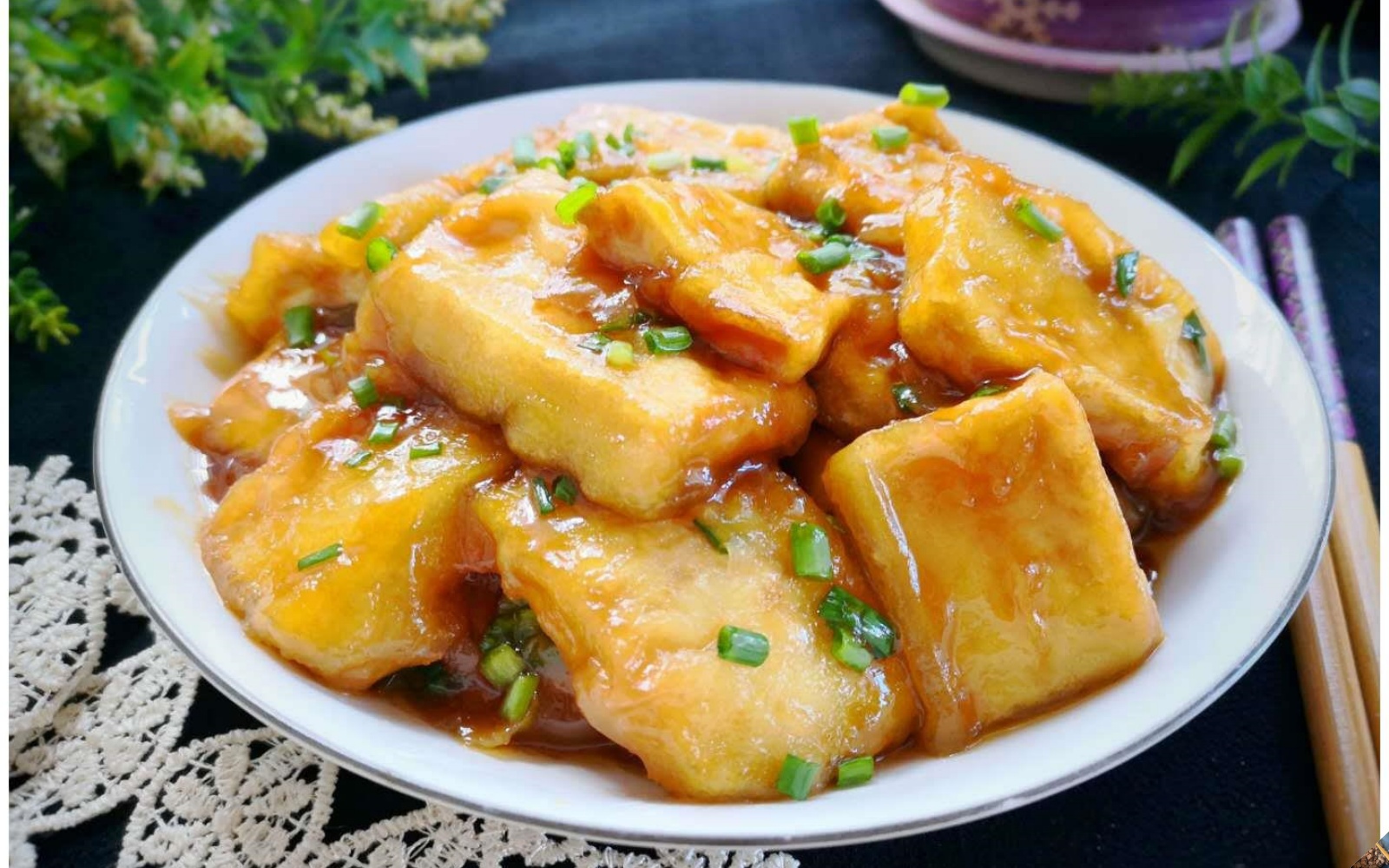
Not Recommended for Gout Patients or Those with High Uric Acid Levels
Individuals with gout or elevated uric acid levels should refrain from consuming tofu. Additionally, those with a sensitive stomach or who experience symptoms such as chest tightness and nausea after consuming tofu should limit their intake.
Consume in Moderation
While tofu is a nutritious food, it should be consumed in moderation. A daily intake of 255-425g of tofu is considered reasonable. Excessive consumption may increase the levels of IGF-1 hormone, which has been linked to an increased risk of cancer.






























